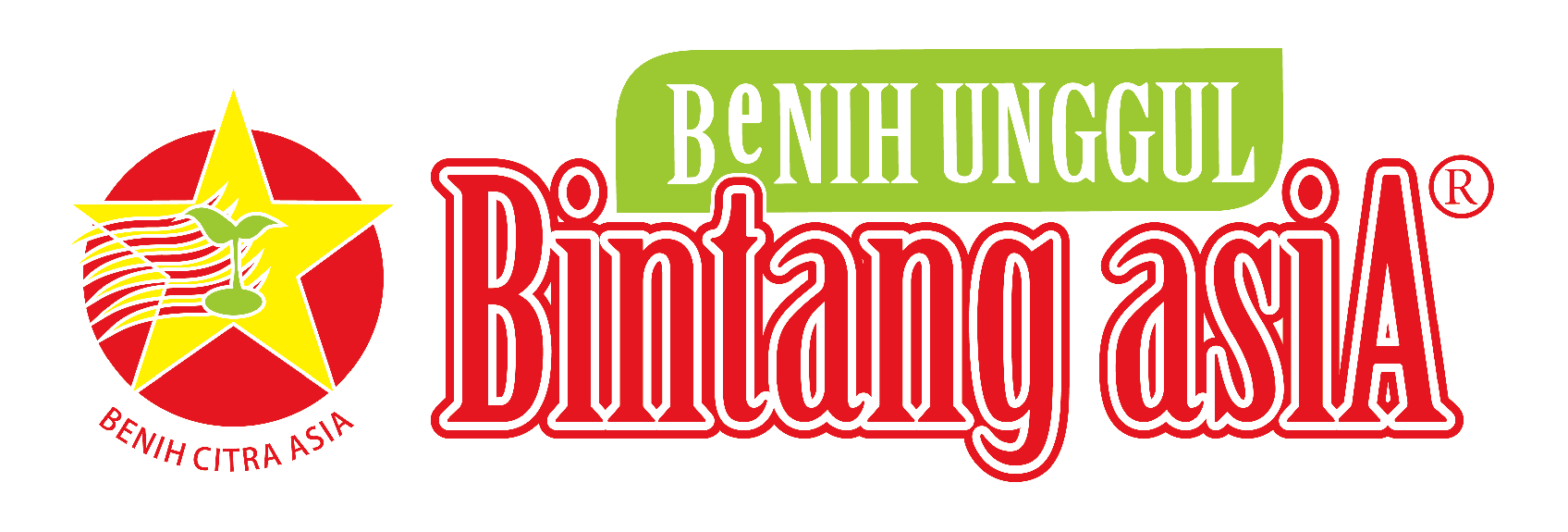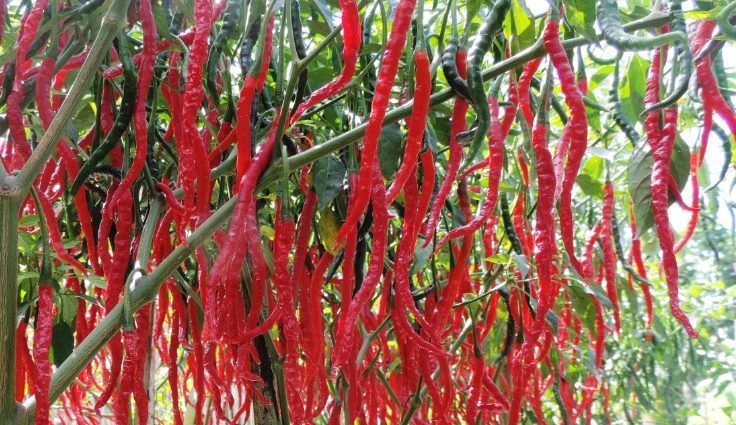As the world faces rising temperatures, erratic rainfall, and stronger storms, curly chili (Capsicum annuum) farmers—especially in tropical and subtropical regions—must quickly adapt to survive and thrive. These hot, curly peppers are high in demand, but their cultivation is increasingly vulnerable to climate stress like drought, floods, or prolonged heatwaves.
So, how can you maintain a resilient and productive curly chili farm in this new climate reality?
In this article, we reveal proven best practices for climate-resilient curly chili farming that will help you protect your crops and ensure consistent yields—even under extreme weather pressure.
1. Choose Climate-Adapted Varieties
Not all chili seeds are created equal. Some hybrid or improved local varieties are specifically bred for drought resistance, early maturity, or disease tolerance.
Tips:
-
Ask local agricultural centers for varieties proven in your region.
-
Choose seeds with short growing cycles to avoid peak climate stress.
-
Prioritize heat- and moisture-resistant strains.
Example: Varieties like “Cabe Keriting Lado F1” or “Tanjung-2” are known for their resilience in Southeast Asia.
2. Build Raised Beds to Prevent Flooding
During heavy rainfall or flash floods, waterlogging can suffocate chili roots and spread fungal diseases. Raised beds elevate the root zone, allowing excess water to drain efficiently.
How to do it:
-
Build beds 30–40 cm high, 1 meter wide.
-
Use organic compost mixed with sand for better aeration.
-
Add drainage ditches between rows to carry away overflow water.
3. Mulching: Your First Line of Defense
Mulch is a simple yet powerful solution to weather stress. It helps regulate soil temperature, preserve moisture, and suppress weeds.
Best mulch materials:
-
Rice straw
-
Banana leaves
-
Black plastic mulch
In dry seasons: Mulch prevents soil from drying out.
In rainy seasons: It reduces splash erosion and fungal spread.
4. Smart Irrigation Strategies
In extreme heat or drought, curly chili plants can drop their flowers or produce small, wrinkled fruit. Avoid this with efficient watering.
Best irrigation methods:
-
Drip irrigation: Delivers water directly to the root zone, saves up to 60% water.
-
Rainwater harvesting: Store water during the rainy season for dry spells.
-
Schedule: Water early in the morning or late afternoon to minimize evaporation.
Avoid overhead sprinklers during flowering—it encourages mildew and fruit rot.
5. Windbreaks and Shade Structures
Strong winds and scorching sun can damage delicate chili plants, especially during early growth or flowering.
Solutions:
-
Plant fast-growing trees like gliricidia or sesbania around the field as windbreaks.
-
Use shade nets (30–50%) during peak heat periods to reduce sunburn on leaves and fruits.
6. Early Warning and Weather Monitoring
Be one step ahead of extreme conditions by using weather apps or local agricultural alerts. Being informed allows you to act before disaster hits.
Actions you can take:
-
Delay planting if extreme rain is forecasted.
-
Harvest early if storms are predicted.
-
Apply fungicides preventively before prolonged rain.
Free apps like AccuWeather or AgriWeather can be life-savers for small farmers.
7. Diversify and Rotate Crops
Relying solely on curly chili can be risky. Climate change may affect one season badly. Rotating with other crops improves soil health and reduces pest cycles.
Good rotation options:
-
Legumes (e.g. peanuts, soybeans)
-
Corn or okra
-
Leafy vegetables (in off-seasons)
This not only improves your soil but also spreads your income risk.
8. Boost Soil Health with Organic Practices
Healthy soil acts like a sponge—it absorbs water during floods and retains moisture during droughts.
Best practices:
-
Use vermicompost or well-rotted manure regularly.
-
Add biochar to improve structure and water retention.
-
Apply mycorrhizal fungi to strengthen plant roots against stress.
Soil health is climate insurance.
9. Monitor and Manage Pests Smartly
Extreme weather can cause pest outbreaks, especially aphids, mites, and whiteflies. Instead of spraying chemicals excessively, use Integrated Pest Management (IPM).
IPM tips:
-
Introduce natural predators (like ladybugs).
-
Use yellow sticky traps.
-
Spray neem oil or chili-garlic bio-pesticide every 10 days as prevention.
Healthy plants are more resilient to both climate and pest attacks.
10. Harvest Strategically
In extreme weather, don’t wait for all fruits to ripen. Harvest early and often to prevent fruit loss due to sunscald, storms, or fungal rot.
Quick tips:
-
Use clean, sharp tools.
-
Sort damaged fruits immediately.
-
Dry or process overripe chilies for added value.
Conclusion: Farming Smarter in a Changing Climate
Curly chili farming doesn’t have to suffer under the weight of extreme weather. By adopting climate-resilient practices, you’re not just protecting your crops—you’re securing your income, your soil, and your future.
Remember: climate-smart farming is not just a trend—it’s a survival strategy. With every mulch layer, water drop, and raised bed, you’re building a farm that thrives, no matter what the sky throws at it.


